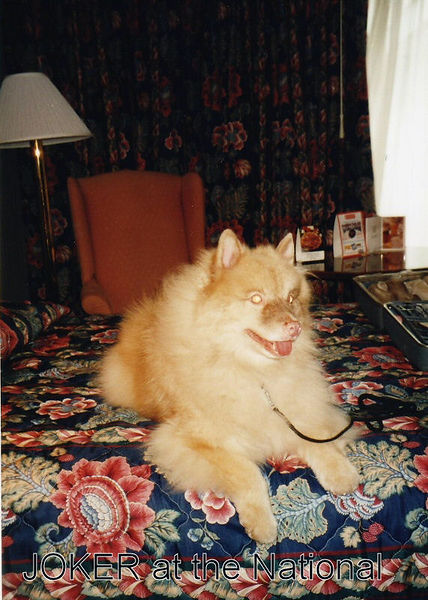top of page





The pictures in the article are of the dog we kept from the litter, "Rider", His registered name was Darkenwald Orange Crush. One of his brothers, "Joker" is also pictured here. He went on to do "freestyle" obedience.
Many have asked for the pedigree, so I have included it here.
bottom of page